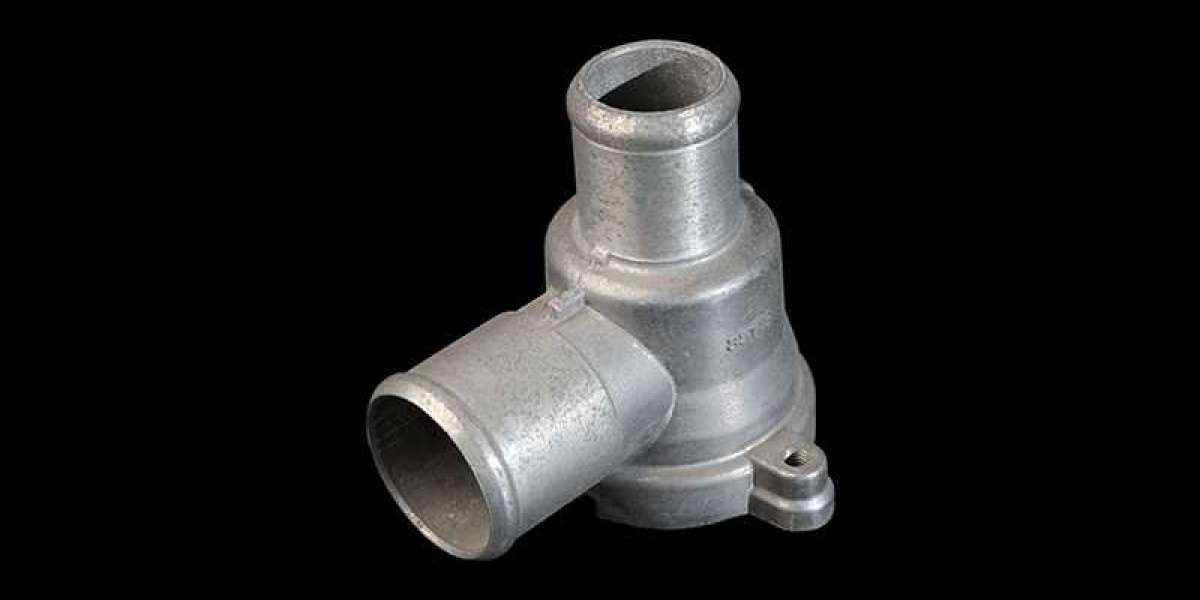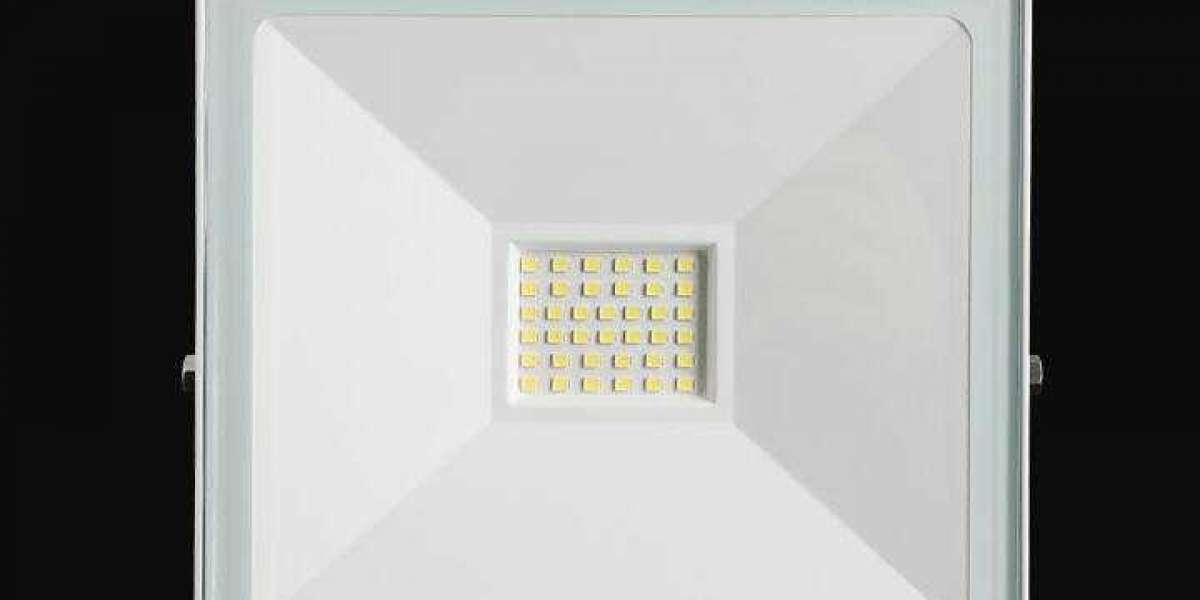The design of die castings must take into account the wall thickness of the die castings, the casting fillet and the draft angle of the die castings, the reinforcing ribs, the minimum distance between the casting holes on the die casting and the hole to the edge, the rectangular holes and slots on the die casting, die casting There are seven aspects of machining allowances for inserts and die-casting parts.
1. Casting fillet design specifications
Generally, each part of the die-casting part should have rounded corners (except at the parting surface), which can make the metal flow smoothly during filling, and the gas can be easily discharged, and can avoid cracks caused by acute angles. For die-casting parts that need to be electroplated and painted, the rounded corners can be evenly coated to prevent the accumulation of paint at sharp corners. The corner radius R of die-casting parts should not be less than 1mm, and the minimum corner radius is 0.5mm.
2. Specification for insert design in die castings
First, the number of inserts on the die-casting should not be excessive; secondly, the connection between the insert and the die-casting must be firm, and at the same time, grooves, protrusions, knurling, etc. on the insert are required; again, the insert must avoid sharp corners In order to place and prevent the stress concentration of the casting, if there is serious galvanic corrosion between the casting and the insert, the surface of the insert needs to be protected by plating; finally, the casting with the insert should avoid heat treatment to avoid the phase of the two metals. Changes cause volume changes and loosen the insert.
3. Design specification for wall thickness of die castings
Thin-walled die-casting parts have higher strength and better compactness. In view of this, the design of die-casting parts should follow the principle that the wall thickness should be reduced as much as possible while ensuring that the castings have sufficient strength and rigidity. And keep the wall thickness uniform. Practice has proved that the wall thickness design of die-casting parts is generally 2.5-4mm, and parts with wall thickness exceeding 6mm should not be produced by die-casting process. The effect of too thick and thin walls on the quality of the casting: If the wall of the casting is too thin in the design, it will make the metal welding poor, directly affect the strength of the casting, and will cause difficulty in forming; the wall is too thick or severely uneven At the same time, shrinkage and cracks are easy to occur. On the other hand, as the wall thickness increases, defects such as porosity and shrinkage inside the casting also increase, which will also reduce the strength of the casting and affect the quality of the casting.
4. Design specification for die casting machining allowance
In general, due to the limitations of the die-casting process, when certain dimensional accuracy, surface roughness or geometric tolerance of the die-casting parts cannot meet the requirements of the product drawings, the enterprise should first consider the use of such as correction, drawing, extrusion, It can be repaired by methods such as shaping and other finishing processes. When the finishing process cannot completely solve these problems, some parts of the die-casting parts should be machined. It should be noted here that when machining, more choices should be considered. Small machining allowance, at the same time try to take the surface that is not affected by the parting surface and active molding as the rough reference surface, so as not to affect the machining accuracy.
5. Design specification for die casting slope of die castings
When designing die castings, the structural slope should be left on the structure. When there is no structural slope, there must be a demolding process slope where necessary. The direction of the slope must be consistent with the casting's demolding direction.
Jiaxing Yunhe Trading Co., Ltd. specializes in the production of non-ferrous metal die casting products such as aluminum alloy die casting and zinc alloy die casting. Our products mainly cover cars, motorcycles, auto parts, luggage, medical equipment (wheelchairs), lights, LEDs, locks, joints, elbows, strollers, belt buckles, hardware accessories and Power generating tools , which are widely used. Welcome to consult and order: https://www.xinxinmetal.com/product/electrical-tools/



